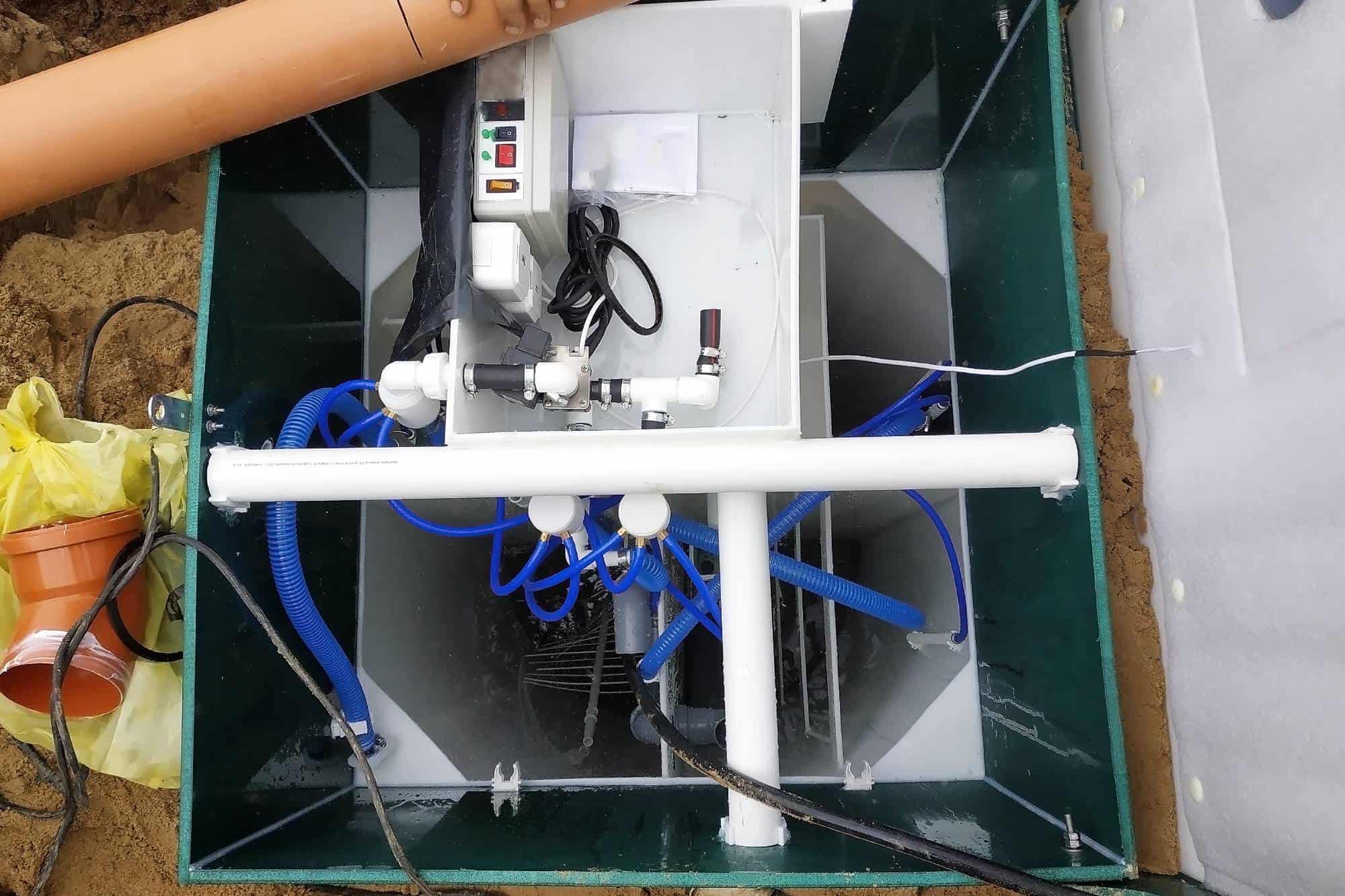Professional sump pump installation that actually works when storms hit hardest in Kenilworth.
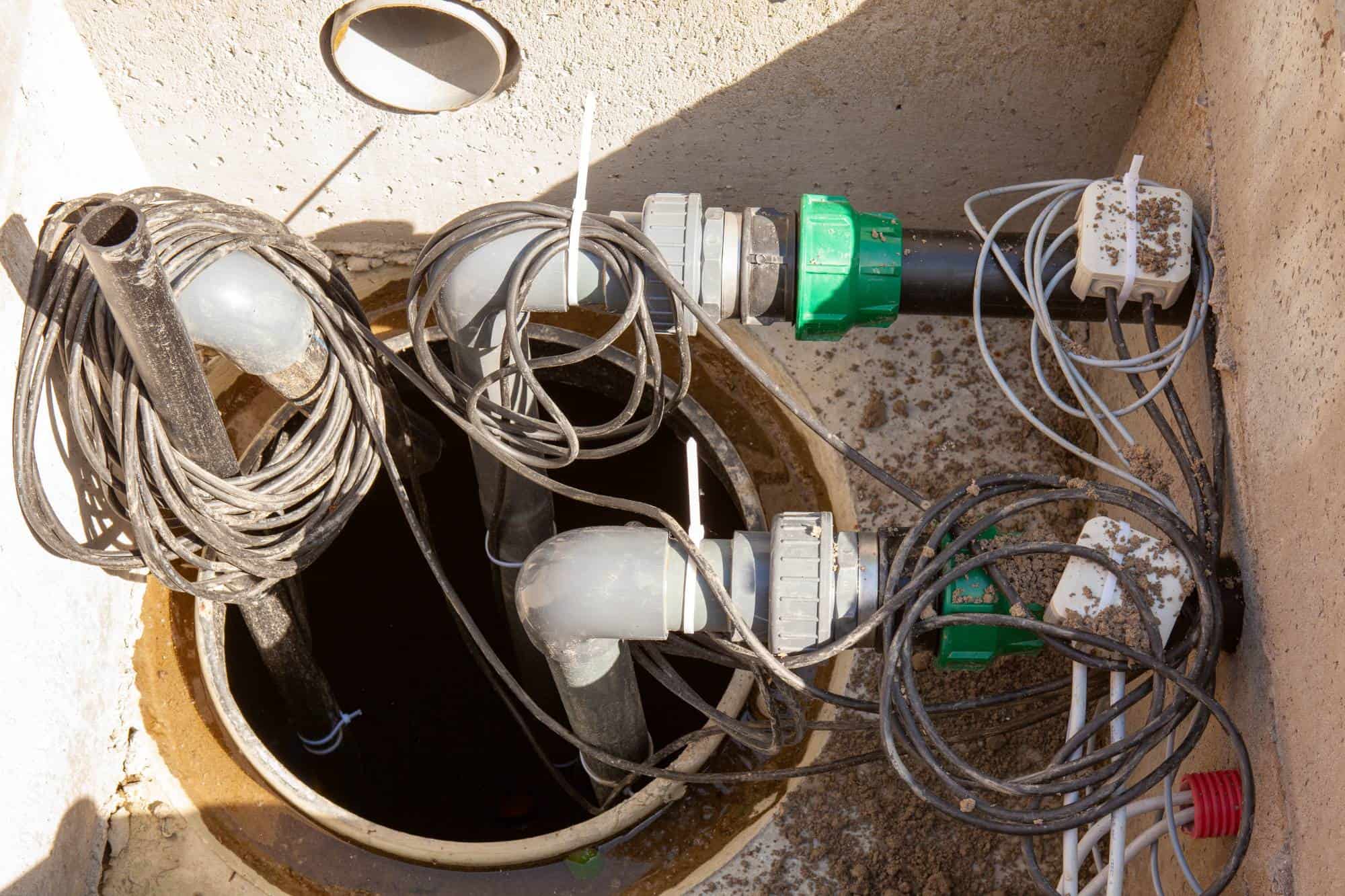
Hear From Our Customers
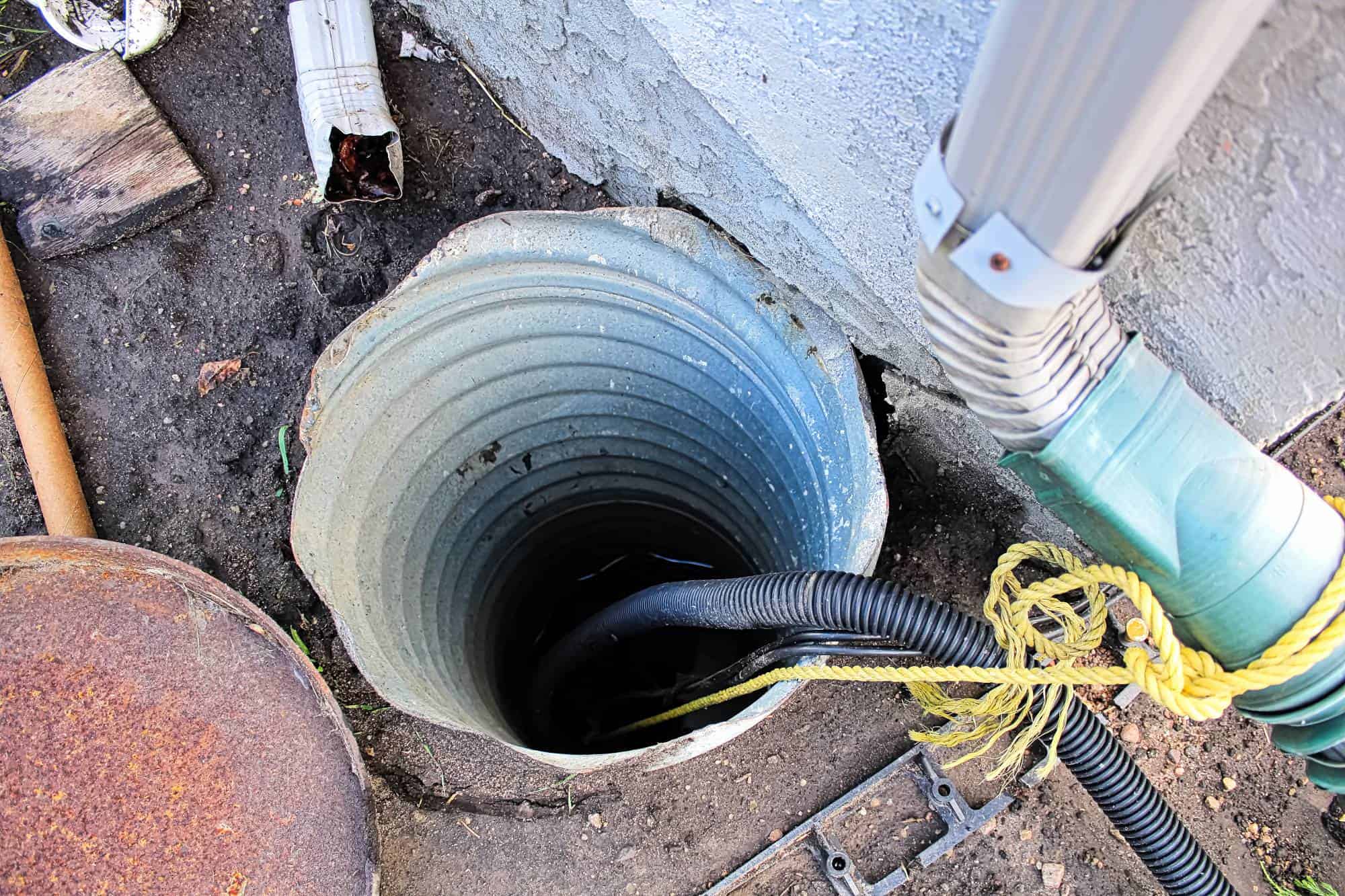
You walk downstairs after a heavy storm and your basement is bone dry. Your finished basement, your appliances, your stored belongings—all safe. No standing water, no soggy carpet, no frantic calls to restoration companies.
That’s what proper sump pump installation does for your Kenilworth home. While your neighbors deal with thousands in water damage, you’re protected by a system that kicks in automatically before water even has a chance to accumulate.
Your basement stays usable year-round. Your home value stays protected. Your peace of mind stays intact, even during Chicago’s worst weather.
We’ve been protecting Chicago-area homes since 2001. We understand how Kenilworth’s location between Lake Michigan and the North Shore creates unique drainage challenges that many plumbers miss.
We’re not the guys who show up, install a pump, and disappear. We’re the licensed, bonded, and insured team that sizes your system correctly for your specific property and stays available 24/7 when you need us most.
Kenilworth homeowners choose us because we do the job right the first time, with upfront pricing and no surprises. When storms hit this area hard, you want a sump pump installed by people who actually understand local flooding patterns.
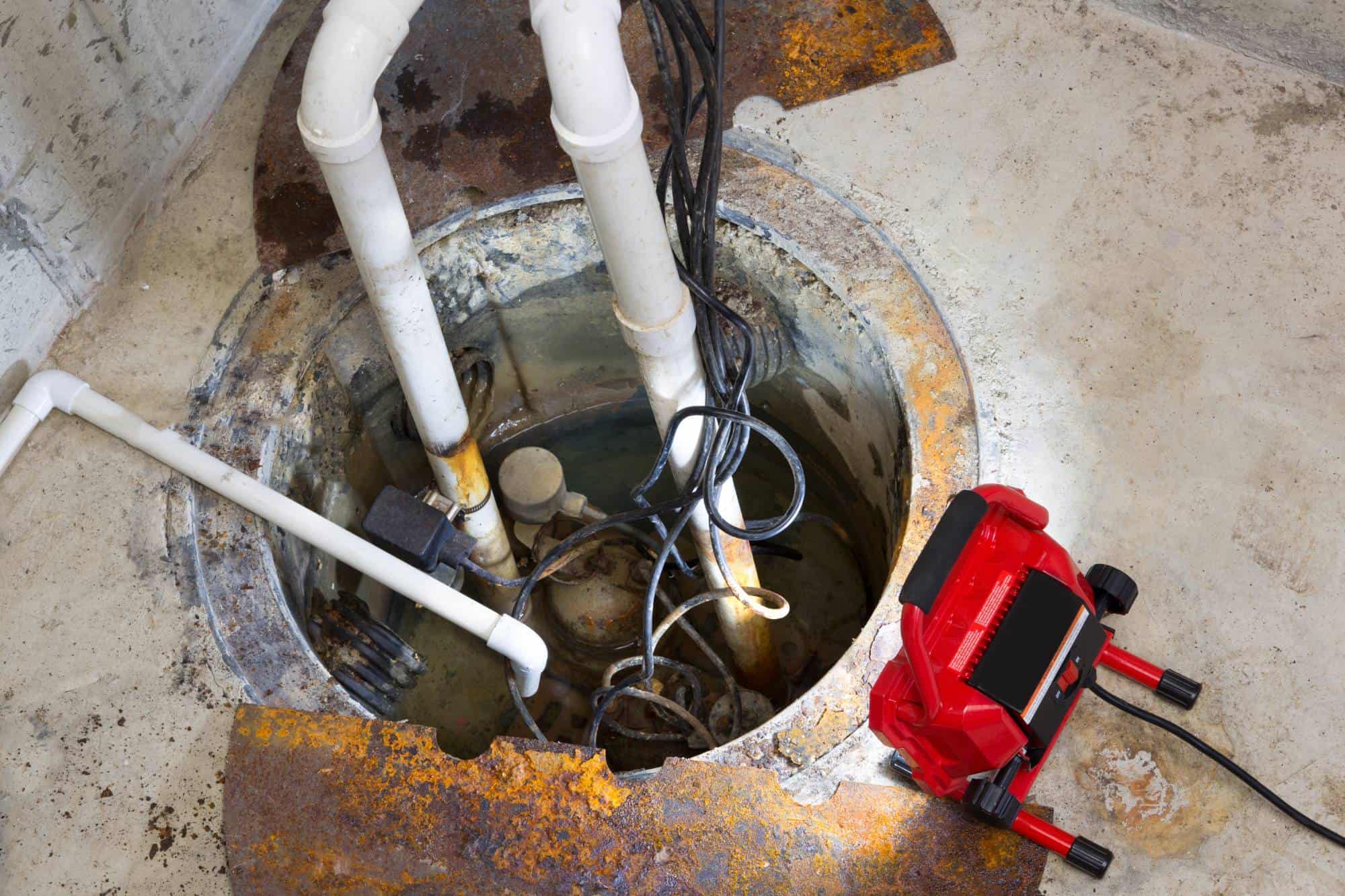
First, we assess your basement’s lowest point and measure water flow patterns during heavy rains. This isn’t guesswork—we determine the exact pump capacity your Kenilworth home needs based on your property’s specific drainage situation.
Next, we excavate the sump pit to proper depth and install the basin with appropriate gravel bedding. We connect your new pump to a discharge line that directs water well away from your foundation, not just to the nearest convenient spot.
Finally, we test the entire system multiple times and show you how everything works. You get a system that activates automatically when water levels rise, pumps efficiently during peak demand, and shuts off cleanly when the job’s done. No flooding, no guessing, no problems.
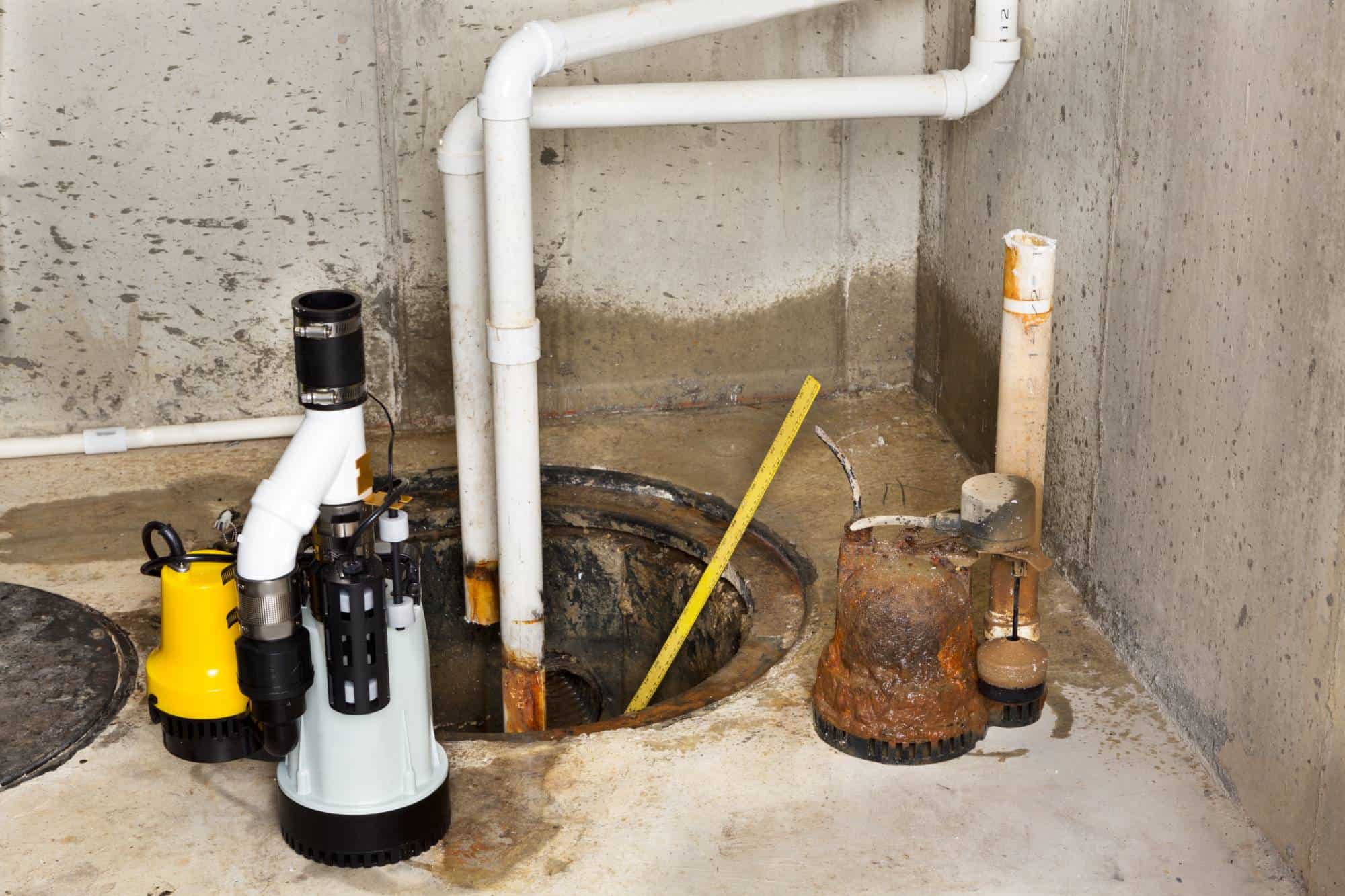
Ready to get started?
Your sump pump installation includes professional sizing based on your basement’s square footage and Kenilworth’s specific flooding risks. We install submersible pumps for quiet operation or pedestal pumps for easier maintenance, depending on your sump pit configuration.
Every installation comes with proper electrical connections, GFCI protection, and discharge piping that meets local codes. We can add battery backup systems so your pump keeps working even when storms knock out power—a common problem in this area.
Kenilworth’s proximity to Lake Michigan means you need a system designed for the area’s high water table and intense rainfall patterns. We factor in local soil conditions, typical storm intensity, and your home’s specific vulnerability to ensure your pump handles whatever weather hits this region.
